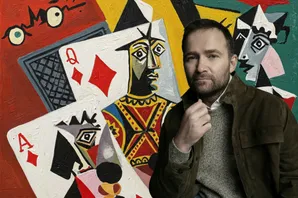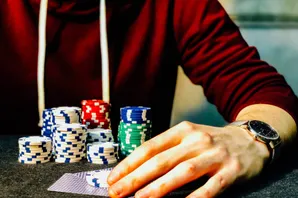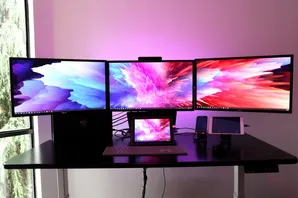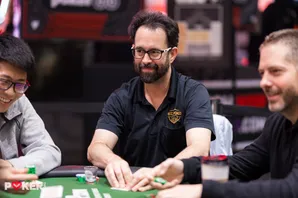
In any walk of life, when someone introduces a novel approach, it can feel jarring—confusing, even. But the true measure of innovation comes afterward, when what once seemed strange becomes accepted, understood, and eventually imitated.
Take Pablo Picasso, for example. In 1901, at just 19 years old, he held a solo exhibition in Paris that split public opinion. His style was new and disruptive—it wasn’t for everyone. Yet more than a century later, he’s celebrated as one of the most influential artists of all time. New thinking often takes time to be understood.
Poker’s Evolving Landscape
Decades into my poker career, I’ve watched the game evolve constantly. Sometimes change comes gradually, almost imperceptibly. Other times, it hits you with such force that it leaves a lasting mark.
And when you’re faced with a new idea or style of play, how you respond can be the difference between growth and stagnation.
The Day Nick Schulman Made Me Rethink Everything
Around 20 years ago, I was playing in my usual cash game at an underground club in New York City. My good friend Nick Schulman was in a hand, out of position against a preflop raiser. I don’t recall the exact board, but I’ll never forget the moment Nick suddenly led out with a big bet.
It was a donk bet—a term originally coined to mock players considered “donkeys” for leading into the preflop aggressor.
But even back then, Nick was no donkey.
What he did was bold, calculated, and ultimately brilliant. That unexpected lead allowed him to get all the chips into the middle—something that likely wouldn’t have happened if he’d gone for the conventional check-raise. He read the situation and used an unorthodox line to his advantage.
When Weird Becomes Brilliant
Today, the donk bet isn’t ridiculed like it once was. That hand was a pivotal moment for me—a realization that the best plays aren’t always the most obvious ones.
Nick and I would constantly talk strategy. Back then, we didn’t have solvers or endless YouTube breakdowns. Our education came through experience, conversation, and deep dives into the “why” behind the standard plays—and when it made sense to break them.
That was our edge: challenging the norms, questioning what everyone else took for granted, and zigging when the rest of the table zagged.
Innovation Is a Must
Over the past two decades, the game’s most iconic players—Phil Ivey, Daniel Negreanu, Tom Dwan, Viktor Blom, Dan “Jungleman” Cates—stood out not just because they played well, but because they played differently. At the time, many considered their approaches wild, even reckless. But with time, others followed suit.
Viktor Blom, for instance, shocked the high-stakes online world in 2009 under the alias “Isildur1,” playing ultra-aggressively and fearlessly against the world’s best. It felt chaotic, but there was logic behind the madness—and it worked.
The key takeaway: if you want to break through in poker, you need more than just solid fundamentals. You need creativity.
The GTO Era: Knowledge Is Everywhere
Solvers and GTO (Game Theory Optimal) tools have leveled the playing field. Today, someone can go from zero to a solid understanding of the game relatively quickly.
But here’s the catch: if everyone is studying the same charts, running the same sims, and using the same tools… then you’re all moving in lockstep. It’s hard to stand out. You’ll be good—but maybe not great.
It’s kind of ironic. We have more access to high-level poker knowledge than ever before, and yet those legendary run-it-up-from-nothing stories feel rarer.
Breaking Through Today
So how do you break through?
Start with GTO. Build your fundamentals. Understand the math and what optimal play looks like in a vacuum.
Then? Throw the book out.
Observe how people actually play. Spot their leaks. Find creative ways to exploit them—even if it means going “off book.”
Because at the end of the day, poker isn’t played against robots. It’s played against people. Imperfect, emotional, unpredictable people. And there’s no one-size-fits-all answer for every hand, opponent, or situation.
Final Thoughts
Study the rules. Learn the science. But don’t forget—poker is an art.
We may not all be Picasso. But we can learn from the masters. And when we blend that knowledge with our own creative instincts, we create something unique at the table—something no solver can replicate.
So go ahead. Donk bet once in a while. Challenge the norms. Find your own voice in the game.
Because that’s how you stop grinding… and start innovating.











